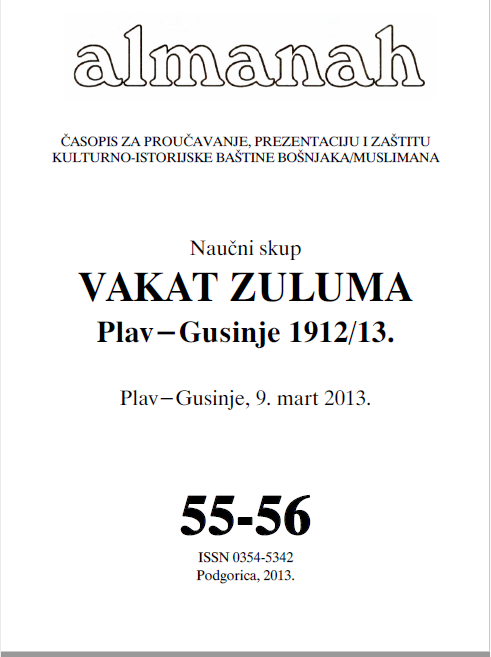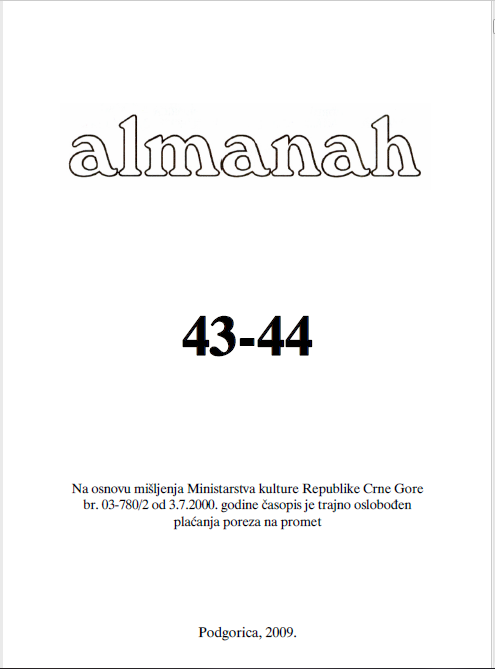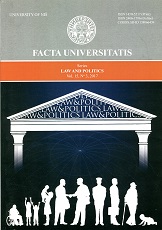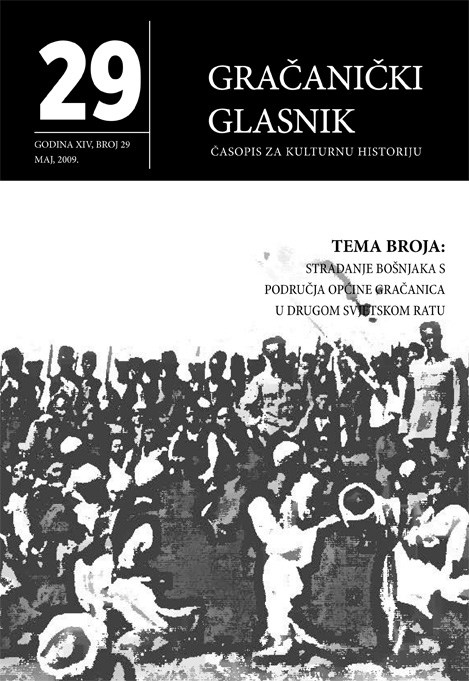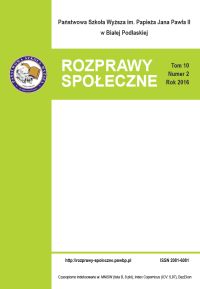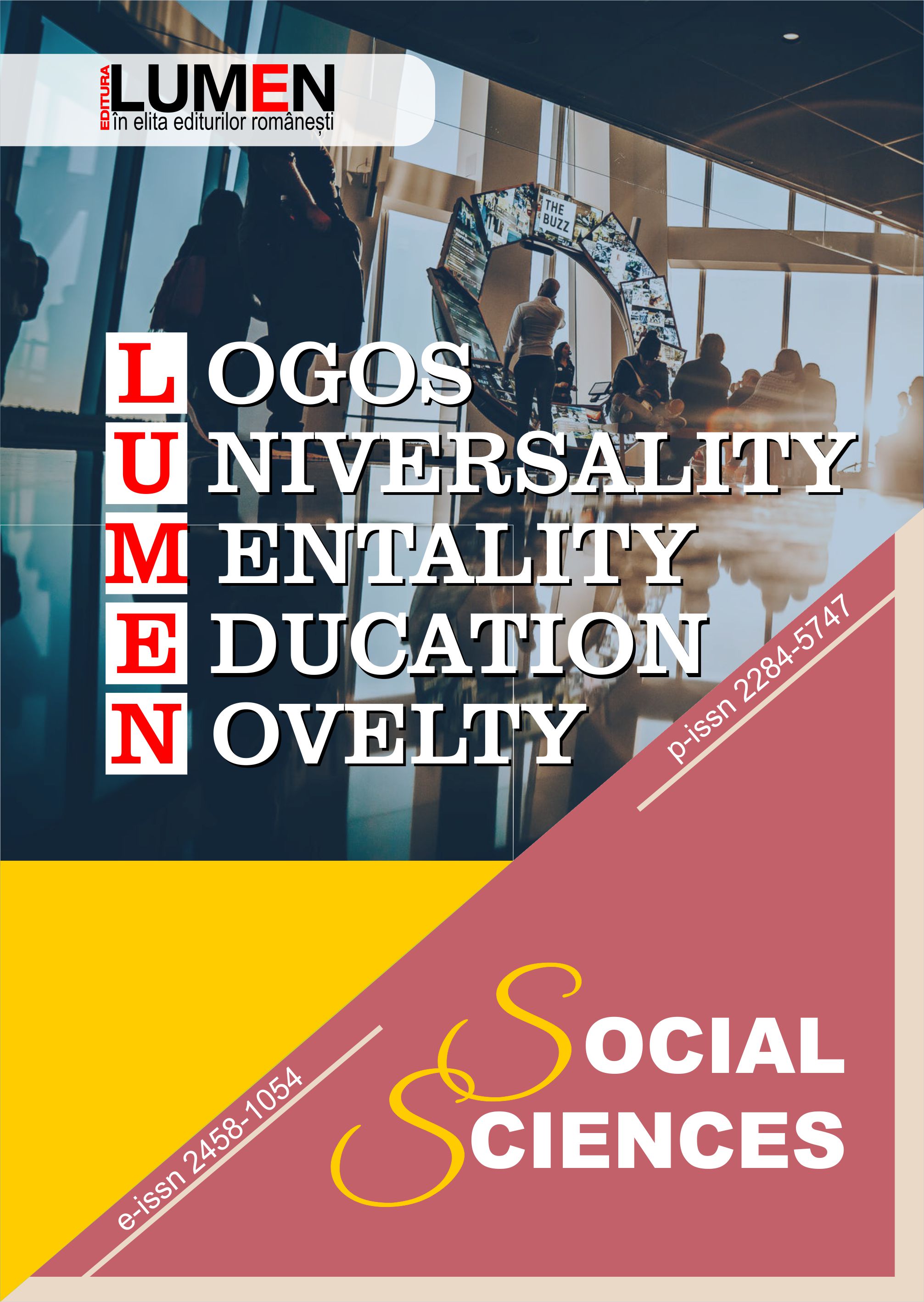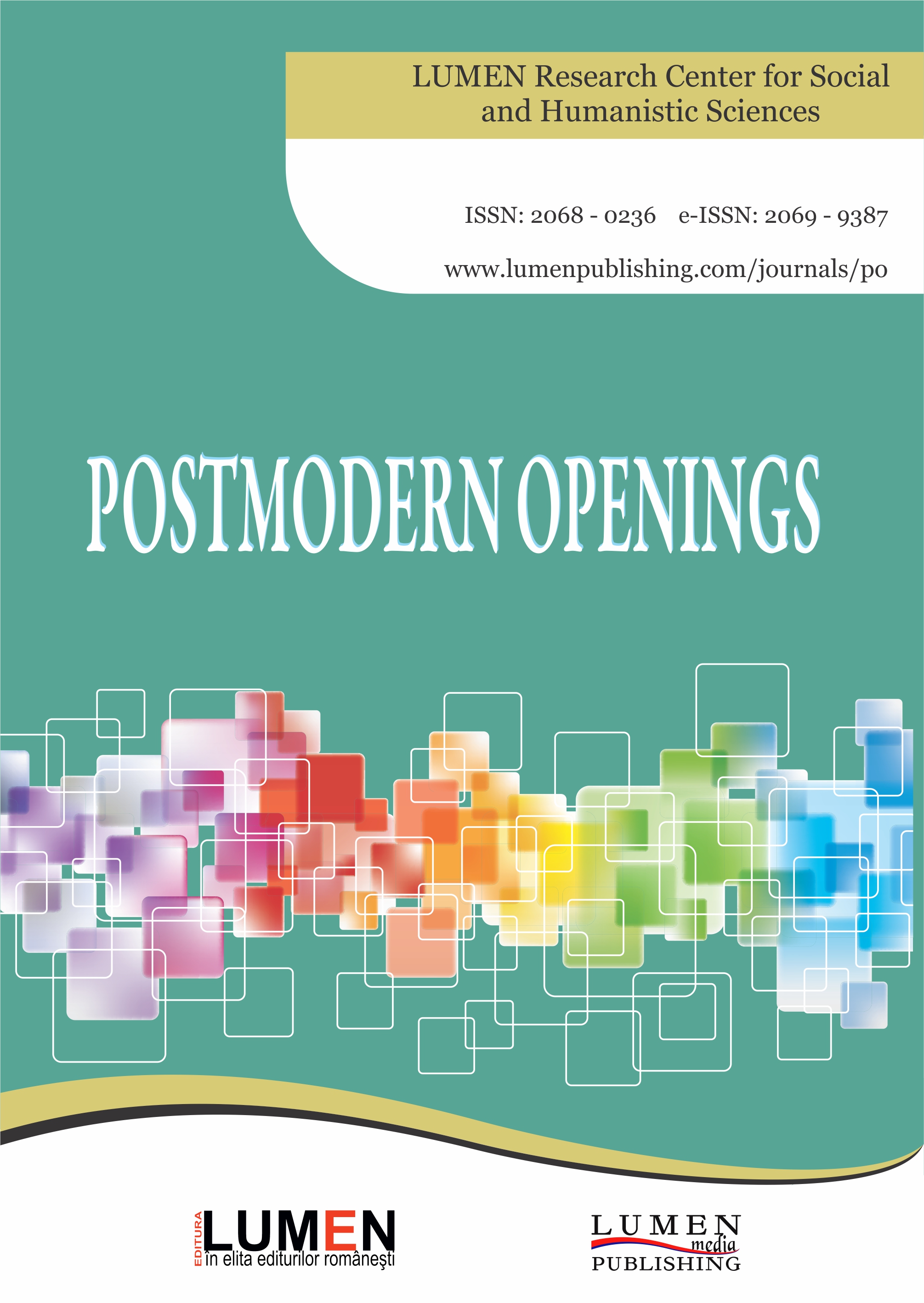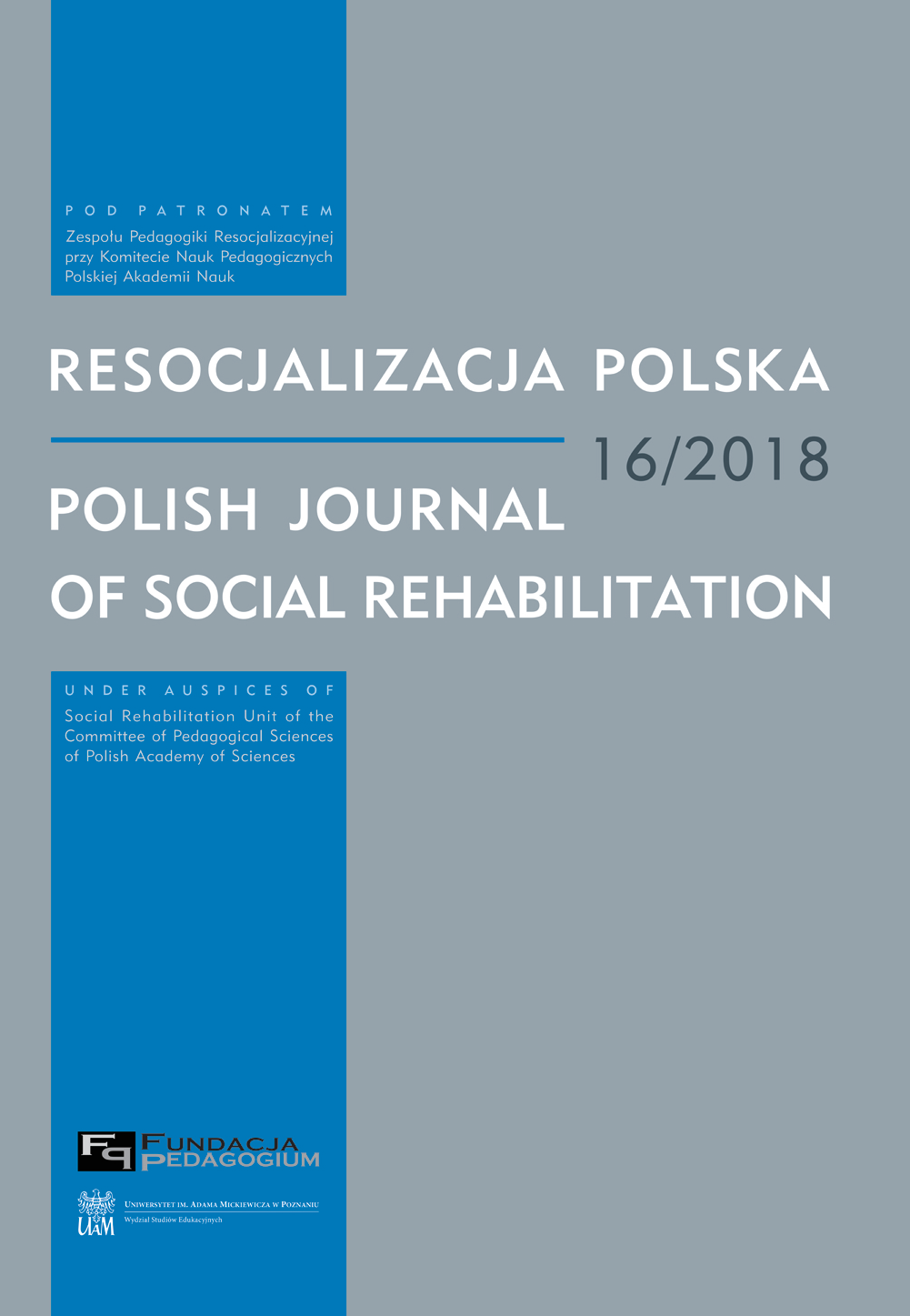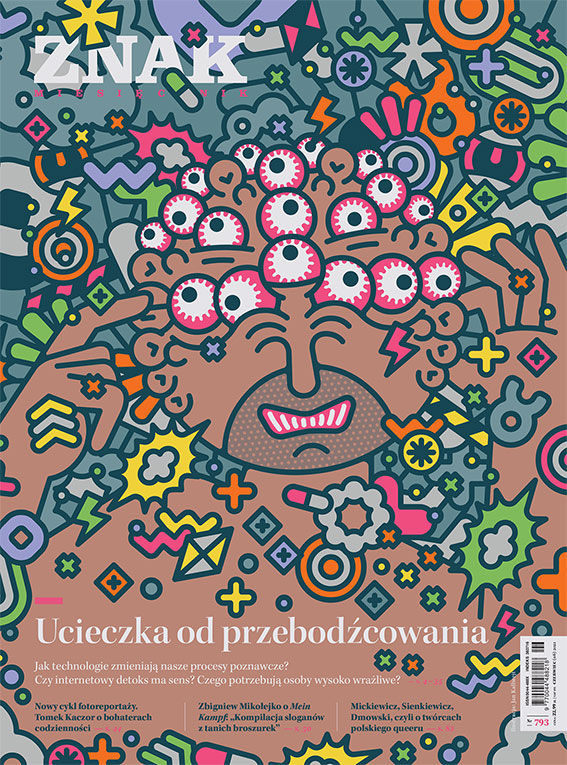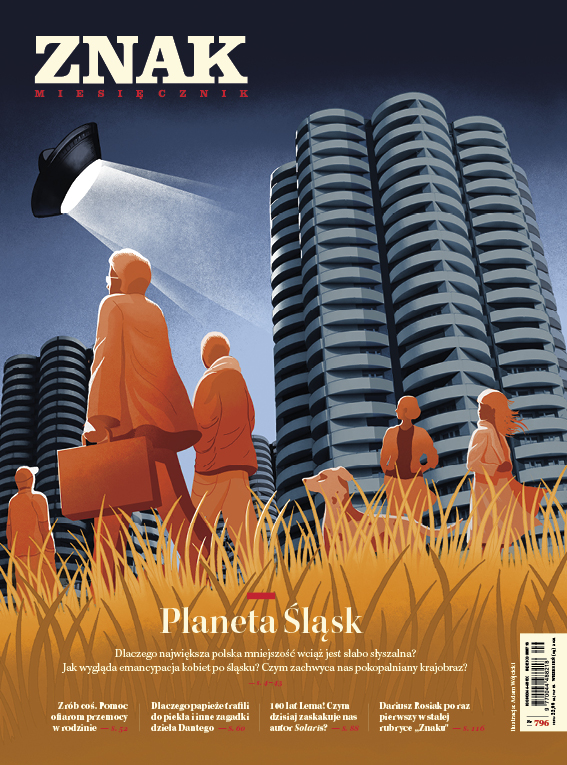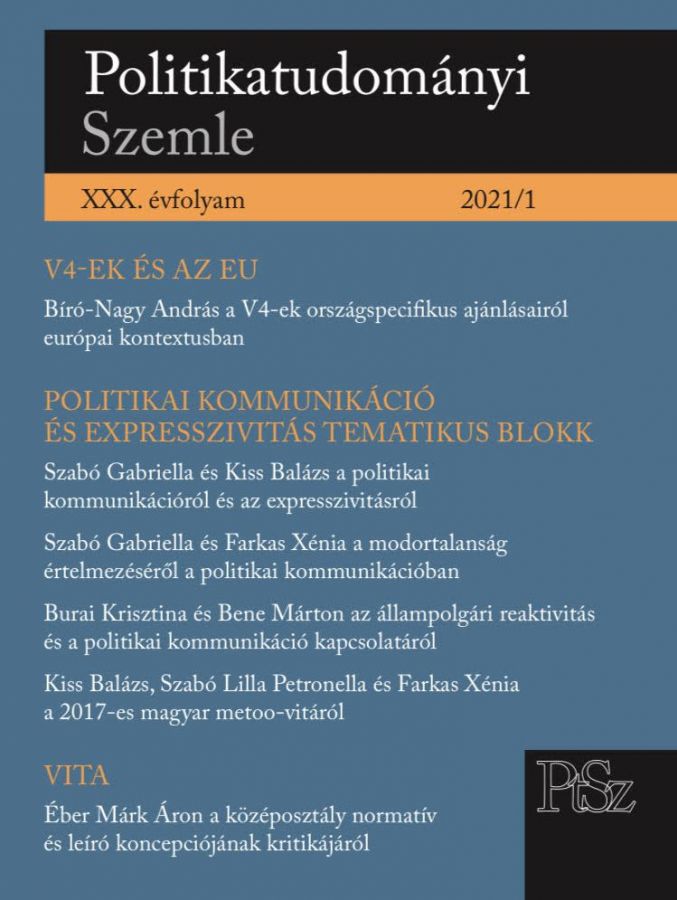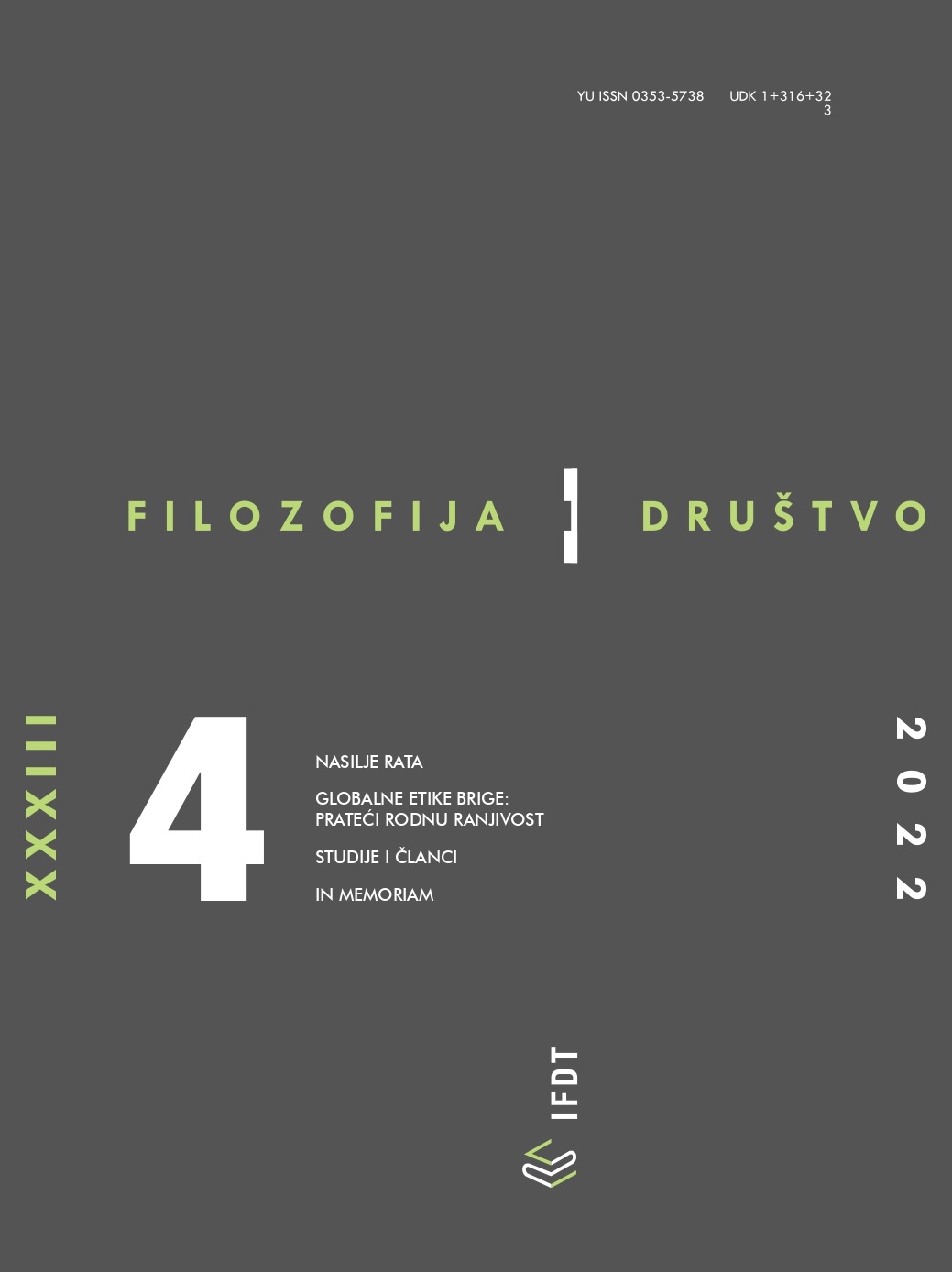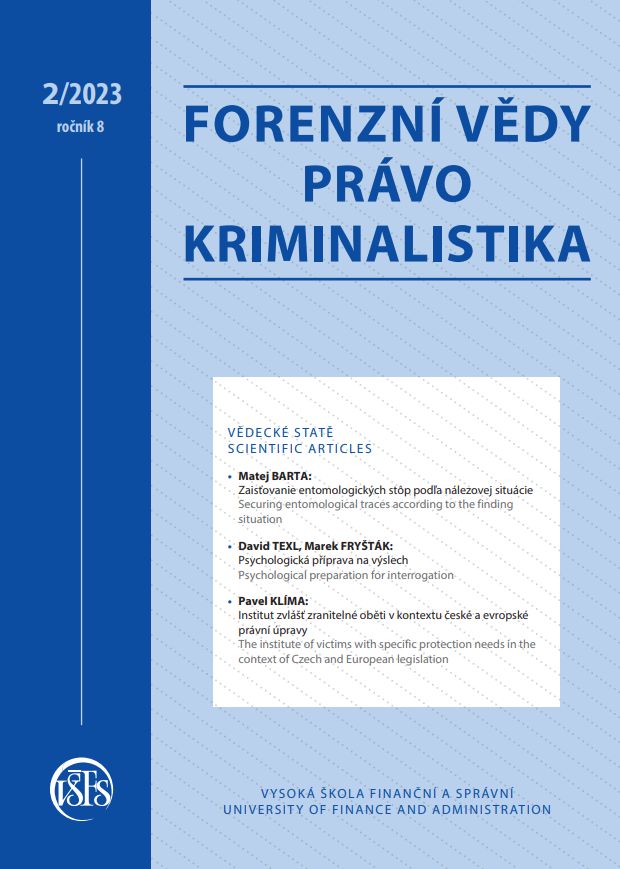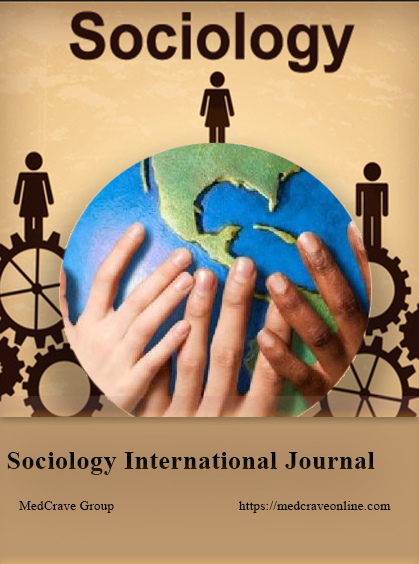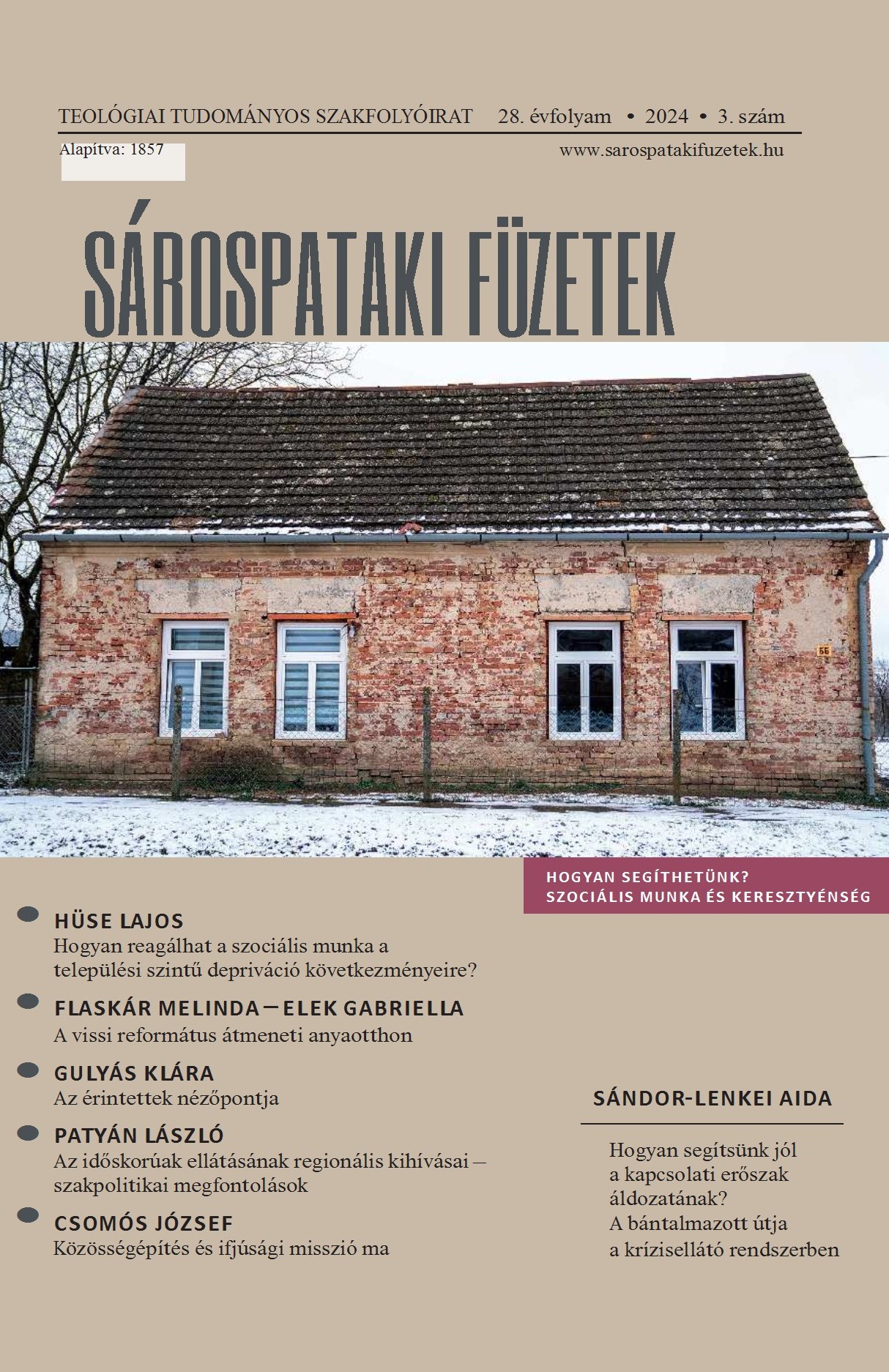Author(s): Roxana Necula / Language(s): English
Issue: 2/2019
The trafficked persons are both the victims of human trafficking, a statute that implies protection and restoring their autonomy, not only on an individual level, but also socially, as well as key witnesses in the criminal procedures that aim to impose criminal liability on the offenders. In addition, the victims who have been physically constrained may present traces of this constraint on their body, which makes them subject to forensic examination. Corelatively, the same victims, as abused persons, a a vulnerable category of patients, with possible mental and physical traumas, which implies a special attention in balancing the victim's interest in receiving the best care, and the need to appeal to the victim, although traumatized, in a manner which does not endanger their physical, but especially their psychological state of health, in order to carry out the probation in the penal trial, because criminal procedure involves repeated hearings of the victims during the criminal investigation and the trial phase. Sometimes, the state's interest in carrying out and completing the procedure for bringing the offender to account for his crimes may come into conflict with the victim's interest of isolating themselves from the criminogenic environment, a condition for their psycho-social-affective rehabilitation. This article discusses with the way in which these two sometimes conflicting interests may affect the autonomy of the trafficked person, their consent to participate in medical procedures and their rehabilitation through social work services, beyond the status of patient or injured party, there is that of a vulnerable person who is in need and should be a beneficiary of social services.
More...


